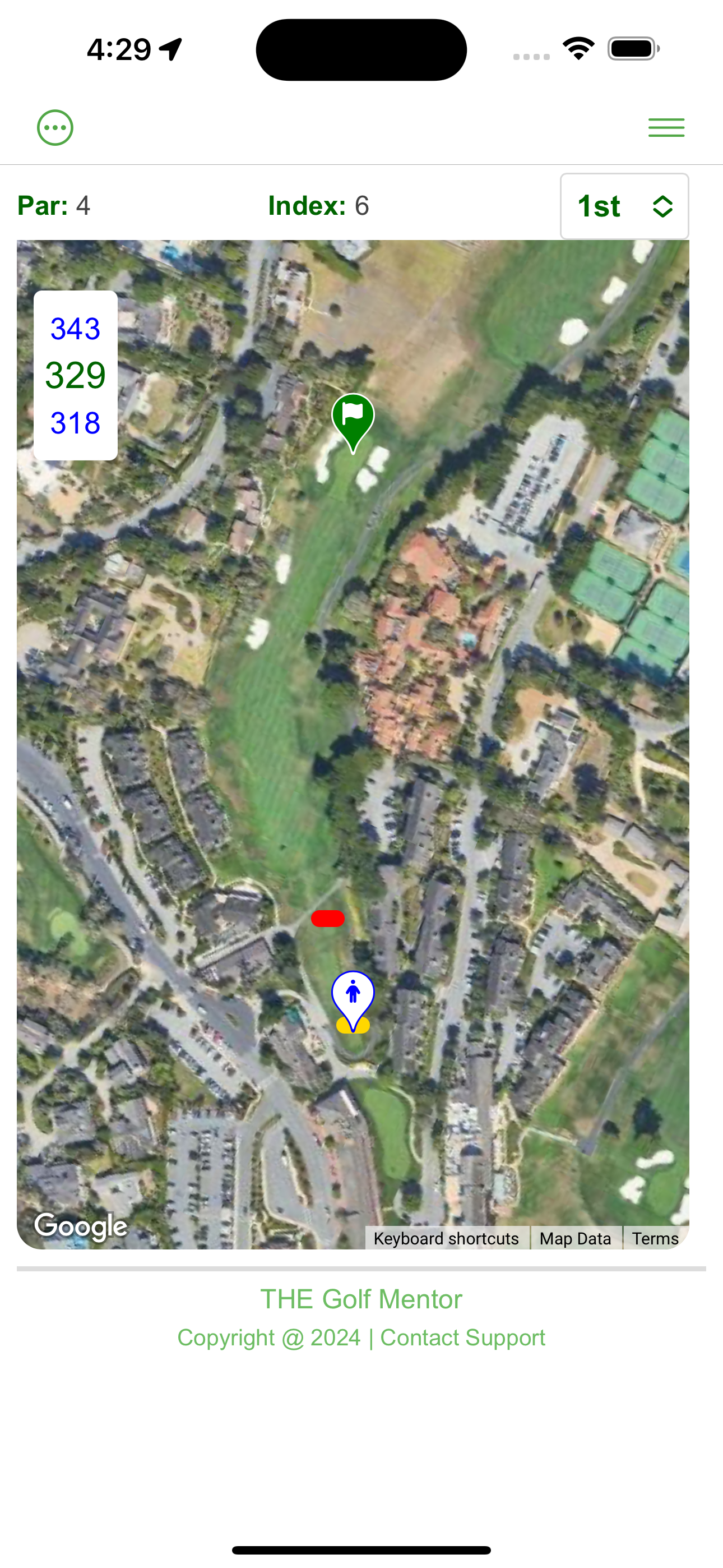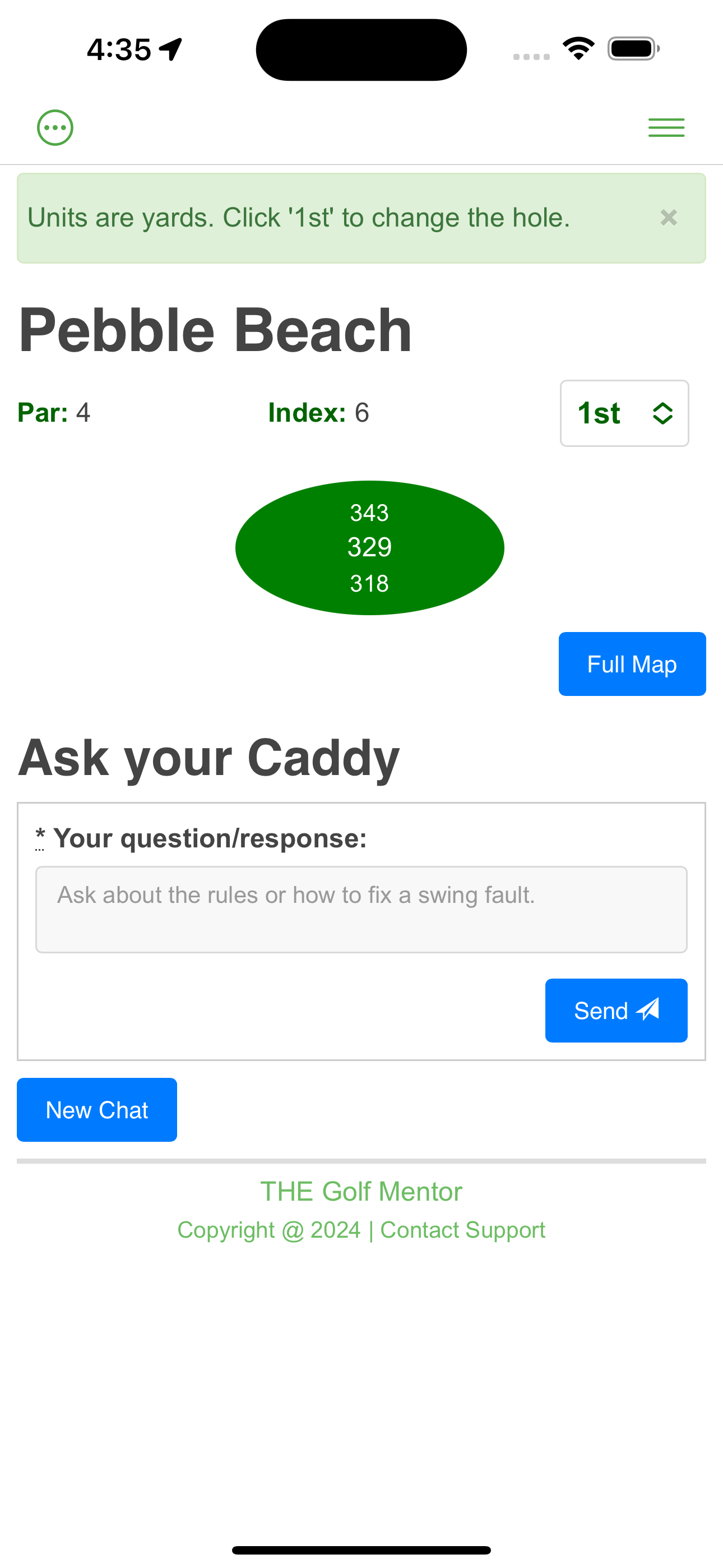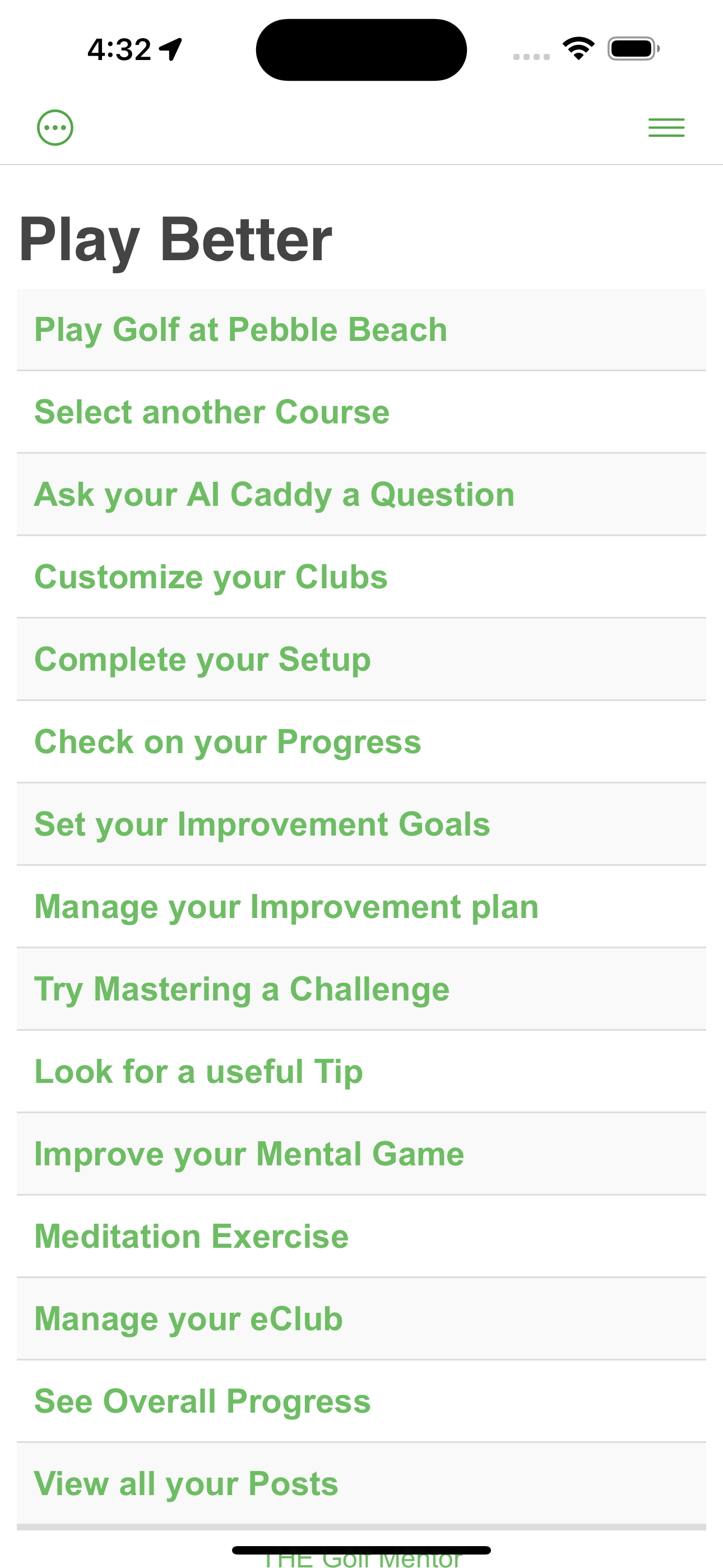Sand Wedges For Beginners: A Comprehensive Guide On Sand Wedges
When it comes to choosing the right wedges for golf, the Pitching and Sand wedges are the traditional way to go. Why not choose the right sand wedge and keep using it even when you are more skilled in the game.
Choosing a good quality sand wedge can turn out to be a nightmare if you are a beginner. I'm here to provide you with a comprehensive guideline on how you can choose the best wedge. It won't just improve your bunker play, but also improve the quality of your chips and pitches to the green. Here are the features, qualities, and the specifications you should consider choosing your new Sand wedge:
Understand the Sand Wedges first
It is critical for a beginner golfer to choose the right sand wedge and become competent with it. Yet, most of the beginners avoid the Sand Wedge in their set of golf clubs while practicing. The sand wedges are designed with the widest sole and a high loft. With 54-58 degrees of loft, it can impart spin on the ball and pop the ball on the green from anywhere between 80-110 yards. You will get the best sand wedge for beginners by understanding the features you should look for.
The Sand wedge design
The sand wedges are designed to hit the ball with the highest bounce to get it out of sand bunkers and onto the green. The inverted sole or the bounce of a Sand wedge saves the wedge from digging into the turf or sand. Another thing to consider the weight of the club. Sand wedges have the widest sole among the clubs, it can weigh many ounces more than other clubs. The extra weight of the Sand wedge provides the momentum to hit sand bunker or turf shots effortlessly.
Bounce Degrees
The bounce degree of the wedge has a great impact on the whole process as well. The bounce degrees are classified in three levels; Standard, Low, or High bounce. A standard degree of 14-16 in the bounce helps you get a greater impact on the surface under the ball. It has the most versatile bounce degree range among the three classes and performs in various conditions. It's a great choice if you are a player with an average angle of attack. The low bounce degree of 0-10 allows you to get more shallow angles of attack. With a bounce degree of more than 16, higher bounce works best for the steep attack angle.
Sole
The sole of is the bottom of a golf wedge; it makes contact to the ground when the bounce and loft hit the ball. The width of the sole comes around an inch or two. Right after the bounce, your wedge's sole and sole grind has a great impact on a good penetration. In a sand wedge, it has even greater importance because sand wedges are for longer turf or sand bunkers. Make sure you match that up with your bounce while getting your wedge.
Choose the wedge according to your course of play
Being a beginner in the play, with so many options and choices, you may find it hard to decide which one to choose. Let me put a perspective; you need to decide to get a wedge that matches your regular course of play.
Courses with packed and shallow condition
If you are playing with a shallow or packed sand condition, you need to choose a wedge sole of a lightly narrow width. For the bounce range, you can go with a moderate amount of 7 to 11 degrees. When it comes to the swing weight, the range from D5 to D8 will make a great combo. You shouldn't go with this selection if your courses have powdery sand.
Courses with powdery sand and fine texture condition
If your courses have more powdery sand and fine grains of sand, you should go with a medium sole or a wider one. The bounce should be moderately between 12 degrees to 15 degrees, and the weight could be a bit heavier than average.
Courses with heavy sand condition
If your courses have heavier and grainy sand, you must go with a moderately wider sole for the iron. The bounce rate should be anywhere from 12 degrees to 15 degrees. For the swing weight, you can go anywhere between D5 to EO for great penetration.
Loft and Gapping
The loft of the sand wedge has a big impact on the swing; it makes the ball fly with an angle of your choice. The loft angles are between 54 to 60 degrees mostly, and they could go up to 64 at most. Your bounce will be different depending on the loft as well. Keep one thing in mind that you should never have a big gap between wedges in terms of loft degree.
Grooves
The grooves in the face of the wedge play the ball with more control to it. It makes the spin on the ball and creates an ideal shot trajectory. The grooves also influence the stopping timing of the ball once the ball hits the green. The recent changes in the grooves rule from the USGA (United States Golf Association) prohibits deeper grooves in wedges. The deeper grooves give you extra benefits while striking the ball and make a better trajectory.
Bottom line
The last thing that I will mention is the choosing the right shaft. The right shaft can help you develop an easy swing. If you a complete beginner and are worried about bunker shots, think again. You will feel safer if you choose a sand wedge suited to your style and the bunkers at your regular club. It important for you to understand the different aspects of a sand wedge, but I also encourage you to have your sand wedge fitted by a golfing professional.
Guest Writer: Betty Williams
Free GPS Distances to the green



The Golf Mentor is a 24x7 golfing caddy powered by ChatGPT4. It can tell you distances to the green, has a GPS rangefinder, recommend the right club for a hole, answer any golfing question, provide you with a handicap, guide you to set goals and plan practice sessions, diagnose weaknesses, improve your mental game and much more. Try it now, the Distances to the Green and handicap are free! There is also a free 7 day trial of the many premium features including ChatGPT4 caddy and hole maps. Get serious about improving at Golf.